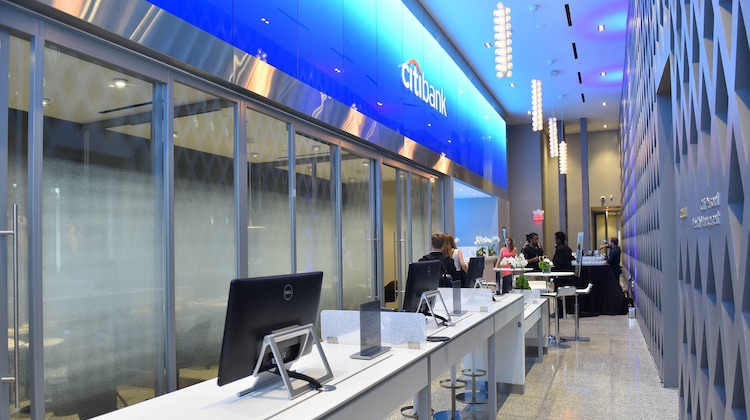The Customer Effect
Why banks are looking to the retail industry for ideas
- It's obvious banks need to borrow from retailers when creating mobile payments offerings, but like the rest of banking, improving the experience extends beyond the transaction
- Beyond mobile payments, banks could amp up their branch upgrades, data strategies and business model with inspiration from retail








